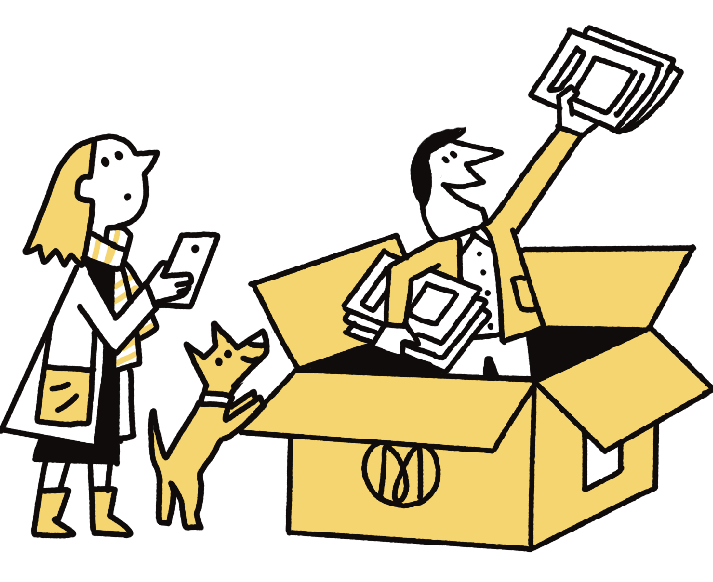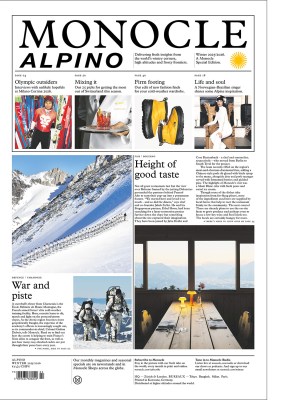As the value of luxury comes under scrutiny, can brands survive the slowdown?
The luxury slowdown has been one of the fashion industry’s biggest topics of conversation this year, dominating headlines and post-runway chatter. Retailers are reassessing their budgets and renegotiating selling terms with brands, while luxury houses are downsizing their events. Some media types are wondering whether they will lose their fashion-week chauffeurs next season.
There is no questioning the slowdown. For the first quarter of 2025, LVMH, the world’s largest luxury group, reported a 4 per cent sales drop for its all-important fashion and leather-goods division, while sales at Kering-owned Gucci dropped by 25 per cent. Donald Trump’s tariffs pose another very real threat, with brands needing to reconfigure their supply chains and potentially raise prices that are already inflated. This week, Louis Vuitton made the decision to increase the price of its popular Neverfull tote by 4.8 per cent in the US.

But the industry also has a tendency to overreact. Hermès has just reported a 9 per cent revenue uptick, reaching more than €4bn, while Brunello Cucinelli grew by 10.5 per cent. The Prada Group has also turned Miu Miu into a billion-euro brand and expanded its portfolio, acquiring fellow Italian label Versace for €1.2bn.
Opportunity still exists. But with tougher market conditions, customers are reassessing the value of luxury, raising their standards and only investing in best-in-class quality or designs that touch them emotionally. Some houses have been relying on branding and reissuing archival designs for a little too long – a “band-aid strategy”, as analysts like to call it, that is now catching up with them.
When I think about the chasm between different brands’ balance sheets, I keep returning to a conversation that I recently had with Amy Smilovic, a designer and Tibi’s founder, who alighted on her own formula for success by downsizing her company, focusing on her own taste and ignoring industry trends. “You can’t do luxury on €1bn of sales,” she told me. The success of the likes of Hermès and Miu Miu might contradict her statement. Still, it’s becoming clear that achieving luxury at scale is a near-impossible undertaking. It requires a delicate balance of creative risk-taking and smart financial forecasting that only the boldest, most visionary business leaders will be able to get right in the current landscape.



